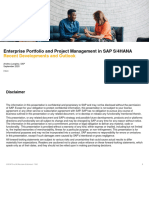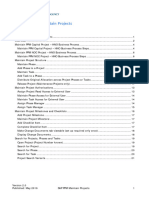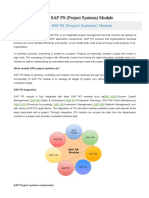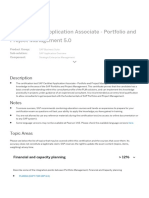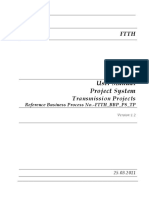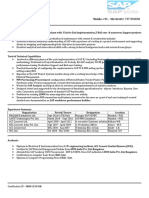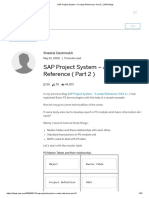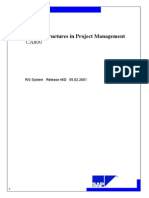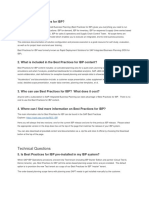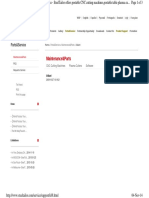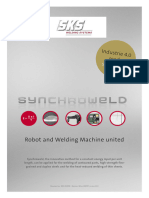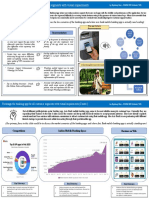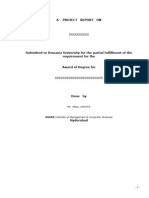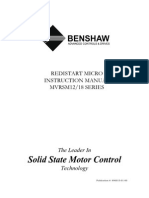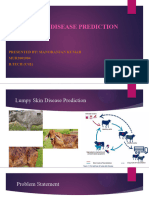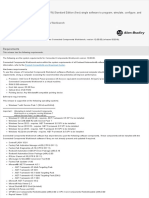What it’s SAP CPM?
& Which it’s the
difference with SAP PPM?
5 Li kes 20,522 Vi ews 15 Comments
I have been present in a conference call with a SAP employee about SAP CPM, and some kind of
click passed into my mind on that moment. The future it’s in our hand and I will give you some
details about this.
At every project that I participated, always asked me myself –> Which is the best way to implement
this solution?
In past just with implement SAP PS in a company was a real solution, but in present this
implementation of SAP PS solution it’s not enough.
User experience has improved the use of software and new technologies of web or cloud solution.
This user experience was translated to the rest of SAP solution in SAP World as this strategy:
Renew
New
Enable
This kind of UX strategy are builded it from this instance, that help to users to identify the best way of
manage and use of new technologies with a global vision.
So comparing SAP PS with new Project Management technologies, it’s not enough and SAP have
been developed SAP CPM for the Commercial Project Management.
This new strategy came with SAP CPM, and now we will view all detail of this solution:
1) What it’s SAP CPM?
SAP Commercial Project Management is a tool to manage business projects oriented to clients or
sell project to clients. Provides solutions that address the core business process requirements of
companies that offer project-based services to their customers. Covers multiple processes in an
end-to-end scenario spanning the selling, planning, executing, monitoring, and controlling of
projects. Companies that sell projects (for example, in the professional services or the engineering,
construction, and operations industries) can use these solutions to further professionalize their core
business processes and expand beyond back office capabilities.
SAP CPM it’s usually uses in Engineering, construction and operation (in SAP this is not an Solution
Industry, just business process).
There are 3 three important packages into SAP CPM:
Project Workspace: Highly user-friendly and flexible work enviroment that provides an
overview about all relevant information across systems and applications.
Project Financial Planning: Unified planning and controlling of quantities, costs and
revenues throughout the complete project lifecycle (bid, plan, forecasting, execution).
� Issue and Change Management: Recording and tracking of project issues and change
requests and their cost revenue impact.
2) Which it’s the difference with SAP PPM?
SAP Portfolio & Project Management & SAP CPM are two differents solutions with an integration at
process Asset Management –> Real Estate Lifecycle Management –> Investment and
Construction for investment projects. They are in the same solution landscape of Enterprise
Portfolio and Project Management.
SAP CPM helps companies analyze investment alternatives and details; track project budgets,
milestones, and delivery; and communicate electronically on bids. Our software also helps
companies manage process steps; automate payments and deadline reminders; and track
architectural, usage, and land data. Management, monitoring, and collaboration functionality help
managers keep projects on track, communicate with suppliers, meet deadlines, and provide
consistent data to support better decision making. Companies can get a clear view into investments
and property portfolios, gain project insights and budget control, reduce project risk, save time in
supplier collaboration, and improve the bidding process.
The SAP Portfolio and Project Management application gives high-level visibility over the entire
project portfolio, portfolio analytics, and resources. Portfolio management involves five basic areas:
strategic planning, resource and schedule planning, cost management and control, information
transparency, and improved management oversight. This allows the alignment of portfolios with
corporate objectives, including portfolios of projects, programs, and services within R & D,
professional services, for capital investment projects, and IT.
Key Capabilities:
Portfolio and bucket hierarchy management
Decision flow management
Financial and capacity planning
Resource management
Portfolio monitoring
Reporting cockpit
One company would have different project types, one oriented to clients (Commercial or Opex) and
others oriented to investment (assets), so it’s possible that this tools will work together.
